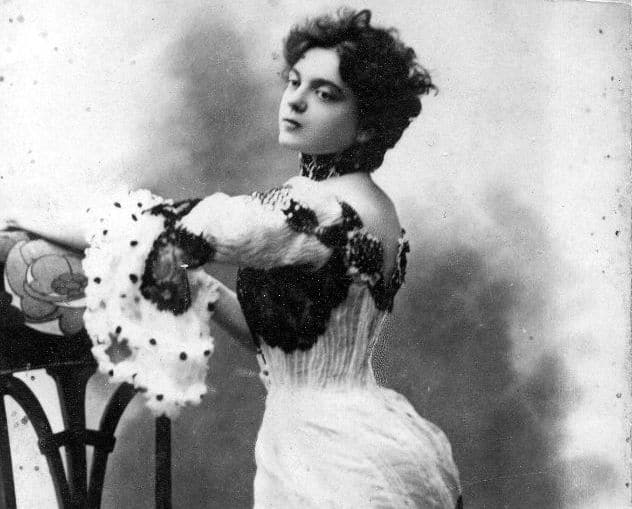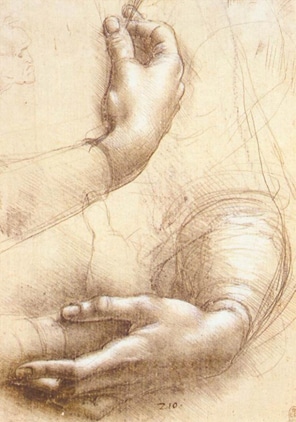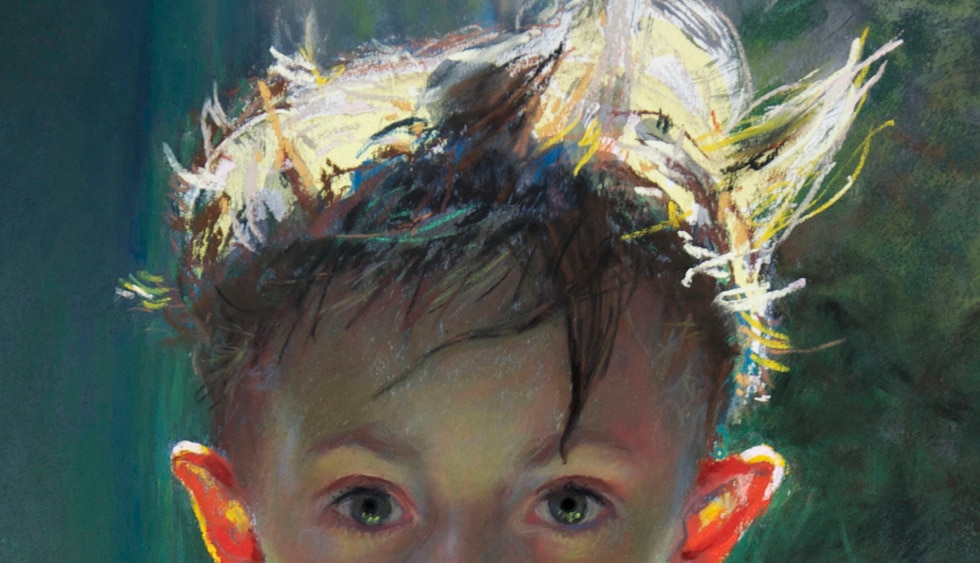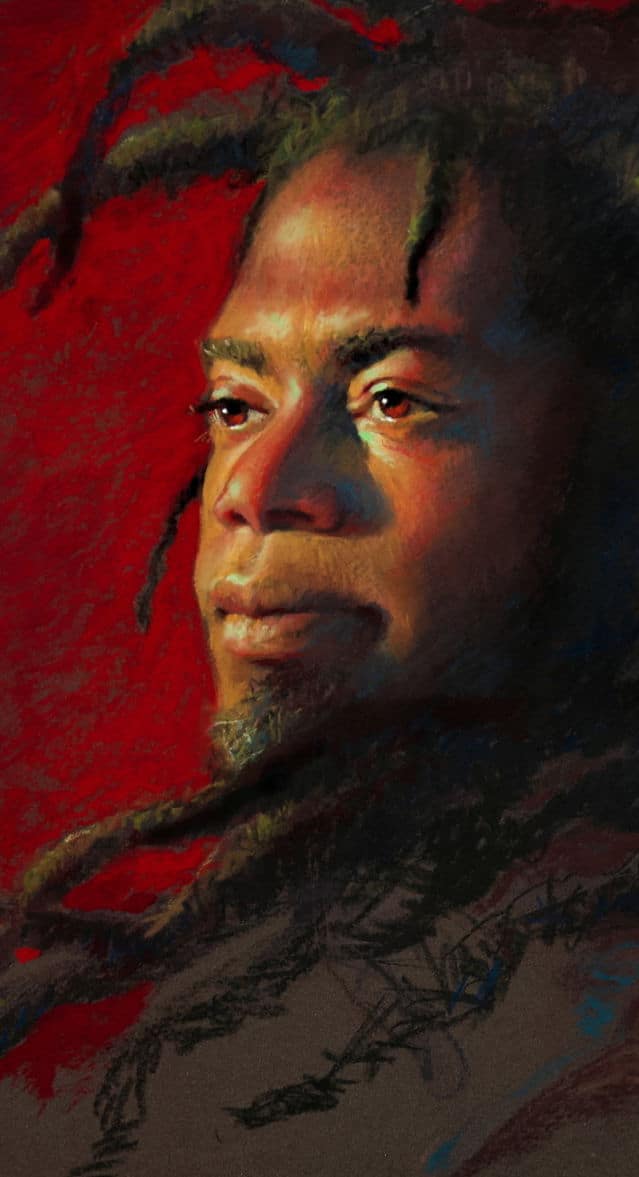
And just like an an awkward teenage girl, when a line grows up it can get curvy.
I had written before about compound curves, and how curves “changing directions” can be so useful.
Curves can tell the story of form and especially space. And again, they can get pretty repetitious and feel rather boring if there isn’t variety.
Why is DaVinci so unforgettable? One of the reasons is his use of curves. Expressive and defined. Weighted and yet airy.

A sophisticated line- now a curve- tells a story.

And not just where something starts and stops, but how it sits in space. How the bones protrude out from under the skin. How a form turns away from the light. Using lines to tell those stories is what we need to master.
In this detail from my painting “Cold” I tried to incorporate so many different types of lines and curves. The twist and pull method was used a lot in the hair. Some lines are thin and “wavery.” Some are “dashed in” with bravado. If you look closely at the face, it is entirely made up of curves too… tiny and layered. Sculpted and soft. The lines in his eyebrows are so different from the curves used in his hair.

In this more current painting, “Impact” the lines are even more diverse. You would think this would be an easy thing to do… but it is not. Hang in there! So much brain power needs to get involved. Move away from your photos and THINK! What are you painting? What does it feel like? How can you represent that? The dreds are tiny, scumbling curves. The face is softer and sculpted. Tiny curves wind around and around the highlights and the bottom dreds are slashed in and almost scribbled. His beard are prickly lines. His lips are soft curves. The variety is deliberate.

So if you paint from photos, remember you are in charge of what you put down on your image. HOW you put it down is the art. It is the grace. Tell a story and use lines to do it.

Thanks for the lesson! I needed it! Missing class and your advice!
you got it! Call me anytime! I can heckle you for fun….😁
Hi Christine– I just read Walter Isaacson’s definitive biography of da Vinci, and have been to his museum in Milano. Incomprehensible mind! Great point about his use of curves breathing life into the work. I’m sure you’ve notice the flowing locks in many paintings. Leonardo often wrote in his notes how no single moment really exists. The constant motion of the world prevents this. So, how does one trick the viewers eye with a two-dimensional surface? Well, curves are one of the arrows in the artist’s quiver to make the painting seem alive, not stagnant. I also have a small point of organized da Vinci notes, categorized, that I bought in Italy. For a while, I read two or three pages in bed before sleeping, to help train my mind thinking about drawing at a high level. The masters power of perception was incredible, due to not so much the natural gifts, but incessant observation of nature. As Isaacson wrote, da Vinci’s notebooks are filled with questions like, “Why is a woodpecker’s tongue so long?” (BTW, you probably know this, but have you noticed that in very old photos that rarely do you see a smile in the subject? Ever see those 100-year-old family pics and everyone looks so uptight? The exposure was so slow that no one could how a true smile long enough. This is also why four people look fine, posing well. But one child has a noticeable blur to them. Imagine trying to get everyone to stay sill in those days!)
always a challenge of some kind capturing humans! thanks for that. I have the da Vinci’s notebooks too. Definitely helps before going to sleep! intense!
I love the creativity of your posts. Always interesting
🙂